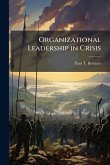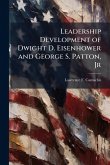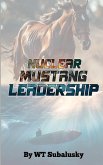Utilizing the problem-solution format, this research paper explores the effects of leadership styles in the U.S. submarine force that have perpetuated from its inception and the effects that they have on the operational effectiveness of the submarine crews. It explores the effects of Admiral Hyman G. Rickover's leadership style and how the emphasis on nuclear power has reduced the operational effectiveness of today's force. Additionally, the paper explores the difference between apparent and actual leadership training in the submarine force and how a focus on technical acumen over tactics and leadership has created an environment where toxic leadership styles can flourish. Two case studies are used to analyze the effects of toxic leadership on submarine crews along with the example of one leader that was able to make a significant impact for one crew in the midst of a toxic leader. This paper finds that the current leadership training model and focus is insufficient for the needs of up-and-coming commanding officers. It recommends implementation of two integrated solutions that would ensure we remain the premier subsurface navy in the world. This work has been selected by scholars as being culturally important, and is part of the knowledge base of civilization as we know it. This work was reproduced from the original artifact, and remains as true to the original work as possible. Therefore, you will see the original copyright references, library stamps (as most of these works have been housed in our most important libraries around the world), and other notations in the work. This work is in the public domain in the United States of America, and possibly other nations. Within the United States, you may freely copy and distribute this work, as no entity (individual or corporate) has a copyright on the body of the work. As a reproduction of a historical artifact, this work may contain missing or blurred pages, poor pictures, errant marks, etc. Scholars believe, and we concur, that this work is important enough to be preserved, reproduced, and made generally available to the public. We appreciate your support of the preservation process, and thank you for being an important part of keeping this knowledge alive and relevant.
Bitte wählen Sie Ihr Anliegen aus.
Rechnungen
Retourenschein anfordern
Bestellstatus
Storno








